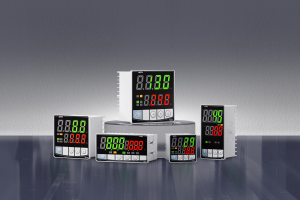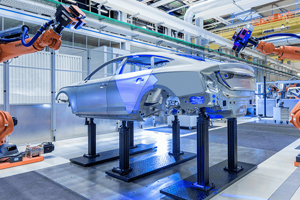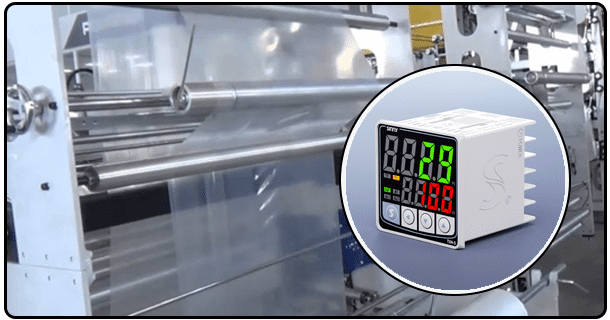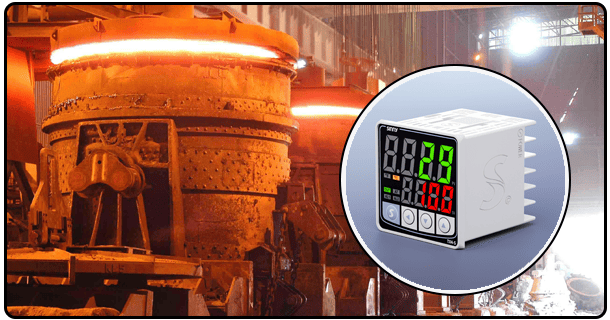The Temperature Process Control Guide Using PID
Learn how PID temperature controllers work with precision. This comprehensive guide explores their components, tuning techniques, and application in industry and home.
1. Introduction
The control of temperature is an important aspect in many industrial processes and household ones.
PID controllers: Basics
The PID controller operates on the basis of feedback to change the output of an entire system according to its error value. The difference between the setpoint desired and the measured value is called the error. This error is minimized by the controller through three components.
Proportional: The term is used to describe a response that's proportional with the deviation.
Integer (I): This component, by summing up past errors in time eliminates the steady state error and provides long-term accuracy.
Derivative: The derivative term stabilises the system, by anticipating future errors and counteracting rapid change.
PID controllers, compared to other methods of temperature control, are versatile, adaptable, and effective in reaching precise temperatures.
2. The Components in a PID System for Temperature Control
The typical PID temperature control system consists of:
PID Control Unit: Calculates adjustments on the basis of error input.
Sensors for Temperature: Thermocouples and resistance temperature detectors are devices that measure temperature.
Actuators This includes heaters and coolers which modify temperature according to the instructions of the controller.
Wiring and Power Supply: Provides the energy necessary for reliable operation.
3. Setting Up a PID Controller for Temperature Control
Follow these steps to implement a PID temperature controller:
Mounting a PID controller: Place the device at a convenient locati0n close to the process.
How to connect the temperature sensor: To get accurate readings, attach the sensor directly to the input terminals.
The Actuator's Link: Connecting the Heater or Cooler to the Controller's Output Terminals.
Configuration and Power Supply: Provide power, and set parameters like the control mode and the setpoint based on your application.
Installation is key to ensuring smooth performance and a long-lasting PID system.
4. Tuning the PID Controller
Tuning involves adjusting the three parameters--Proportional gain (Kp), Integral time (Ti), and Derivative time (Td)--to achieve desired performance. Tuning can be done in several ways:
Manual tuning: Adjust the parameters in increments while monitoring system response.
Ziegler Nichols Method: An approach that is systematic and involves setting up initial values, then making adjustments on the basis of oscillations.
Tuning Software: Most modern controllers come with software that allows them to automate tuning.
It is important to tune the system properly in order to avoid overshooting and instability.
5. Application of PID Temperature Control
The PID control of temperature is used in a variety of industrial sectors:
Industrial Application: To maintain compliance and quality, manufacturing processes, chemical reactions, and pharmaceuticals industries depend on temperature controls.
Domestic applications: PID controllers are used in HVAC systems, water heaters and ovens.
PID Controllers are a versatile part of industrial and everyday operations.
6. Challenges & Solutions
Although PIDs are extremely effective, there are some challenges.
Overshooting A rapid increase in temperature may cause the setpoint to be exceeded. Solution: Adjust the derivative settings in order to stabilize your system.
Instability The incorrect parameter setting can lead to oscillations. Solution: Apply systematic tuning techniques like Ziegler Nichols.
Sensor errors: Defective sensors can cause inaccurate readings. Maintenance and calibration are the solution.
Users can improve the performance of their PID system for accurate temperature regulation by addressing these issues.
The PID controller is an indispensable tool for precise temperature control. They are reliable and flexible because they can adjust to changes in conditions. Future innovations in PID will likely enhance the capabilities of PID controls, thereby cementing their place in modern control systems.
- Universal Digital PID Thermostat Controller
- The Principles and Applications of PID Temperature Control"























